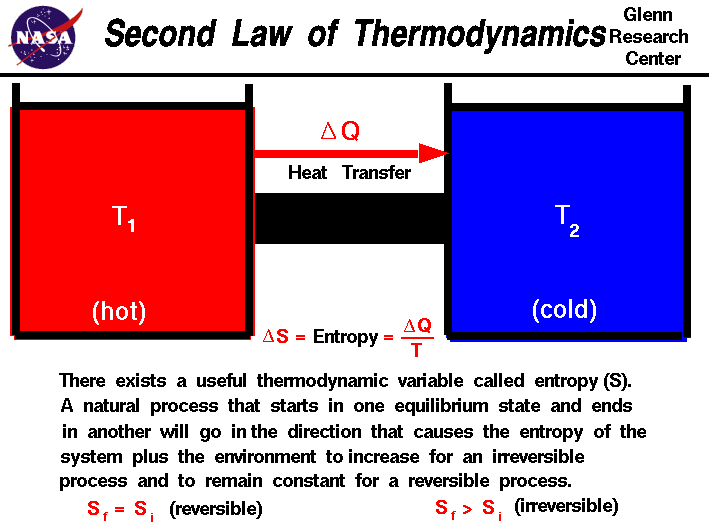Photovoltaic solar panels might make ecological sense, but
they don’t make economic sense. It is for this reason we are still
extremely reliant on fossil fuels. To this day, humans make more energy burning
wood than from solar panels.
While the second law of thermodynamics forbids a
100%-efficient solar cell, there is much room for progress. The second law of
thermodynamics states that in any cyclic process, the entropy will either increase
or remain the same. Entropy, in this case, can be most specifically defined as
a measure of the amount of energy that is unavailable to do work.
The result is, for a system with sunlight concentration
(lenses and mirrors and motors to follow the sun as it moves in the sky), the
maximum efficiency is ~85%, and for a system that does not track the sun, the
maximum efficiency is ~55%.
However, these are ideals, and the actual efficiency of
solar panels do not reach these values – even in the laboratory. On the market today, the best solar panels money can buy have an efficiency of only 35%.
The essential question is this: How can we make photovoltaic
solar panels more efficient?
One such solution draws from an old childhood pastime:
holding a magnifying glass up so that sunlight is filtered through it and
concentrated on a small surface area.
The magnifying glass has falling upon its surface area a
certain amount of sunlight. As it passes through the lens, the sunlight – a
form of energy – is then focused on a much smaller surface area. All this
concentrated light means a high localized energy, which is enough to heat up
and burn, say, a piece of paper. Its not so much the light itself, as what the
lens does by focusing it.
Though magnifying lenses are too expensive to use on such a
scale, mirrors can serve much the same purpose. However, even with this
technique, solar panels can only produce energy equivalent to $0.11 per.
Kilowatt-hour. As such, solar panels - as they currently exist - are far too inefficient and expensive to be used on a large scale.
References
Byrnes, S. (2013, December 1). Maximum possible efficiency of a solar thermal energy system. Retrieved November 23, 2015, from http://sjbyrnes.com/ultimate_PV.html
Cummings, T. (2013, June 8). Lens Experiment. Retrieved November 24, 2015, from http://laser.physics.sunysb.edu/~thomas/report1/lens_report.html
Hall, N. (2015, May 5). Second Law of Thermodynamics. Retrieved November 25, 2015, from https://www.grc.nasa.gov/www/k-12/airplane/thermo2.html
Lewis, N. S. (2007). Toward cost-effective solar energy use. science,315(5813), 798-801.
Cummings, T. (2013, June 8). Lens Experiment. Retrieved November 24, 2015, from http://laser.physics.sunysb.edu/~thomas/report1/lens_report.html
Hall, N. (2015, May 5). Second Law of Thermodynamics. Retrieved November 25, 2015, from https://www.grc.nasa.gov/www/k-12/airplane/thermo2.html
Lewis, N. S. (2007). Toward cost-effective solar energy use. science,315(5813), 798-801.





